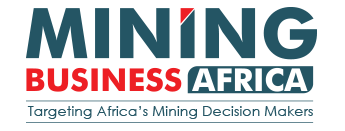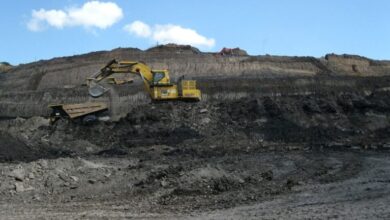2022 field programme at Mutanga uranium project in Zambia begins

GoviEx Uranium has commenced its 2022 field programme at its 100%-owned and mine-permitted Mutanga uranium project, in Zambia.
The programme follows the company’s flagship Madaouela uranium project, in Niger. The field programme will target key aspects that will assist to progress Mutanga towards completion of a feasibility study and potential subsequent funding and construction. It includes 15 500 m of infill drilling, with the aim to upgrade Mutanga’s Dibwe East resource from the inferred to the indicated category, extending the work completed by GoviEx in 2021.
The drilling is planned to use down-hole percussion drilling to an average depth of 120 m in a nominal 100 m x 50 m grid. GoviEx has also commissioned 9 000 m of diamond drilling to obtain core samples for uranium assays that will be used to determine uranium disequilibrium factors for Mutanga’s Dibwe East and Dibwe deposits.
Metallurgical samples
The drilling will also provide metallurgical samples for process verification and optimisation test work and for geotechnical studies. As part of the 2022 field programme, a hydrogeological study will be conducted to find a reliable water source for the plant and to carry out the dewatering studies for the openpits.
GoviEx has also commissioned an update of the environmental- and social-impact assessment and relocation action plan beginning in July. They also commissioned downhole logging services including calibrated gamma log used to correlate uranium grades, hole deviation and conductivity logs to interpret the geology.
As part of the company’s commitment to act responsibly in all activities it undertakes, all contracts awarded for the 2022 field programme as above are from companies based in Africa, with the vast majority being in Zambia. Based on its 2017 preliminary economic assessment, Mutanga is planned as an openpit, heap leach operation with an 11-year mine life. Uranium recovery is forecast at 88%, with a relatively low capital intensity. Startup capital expenditure is estimated to be $123-million.






